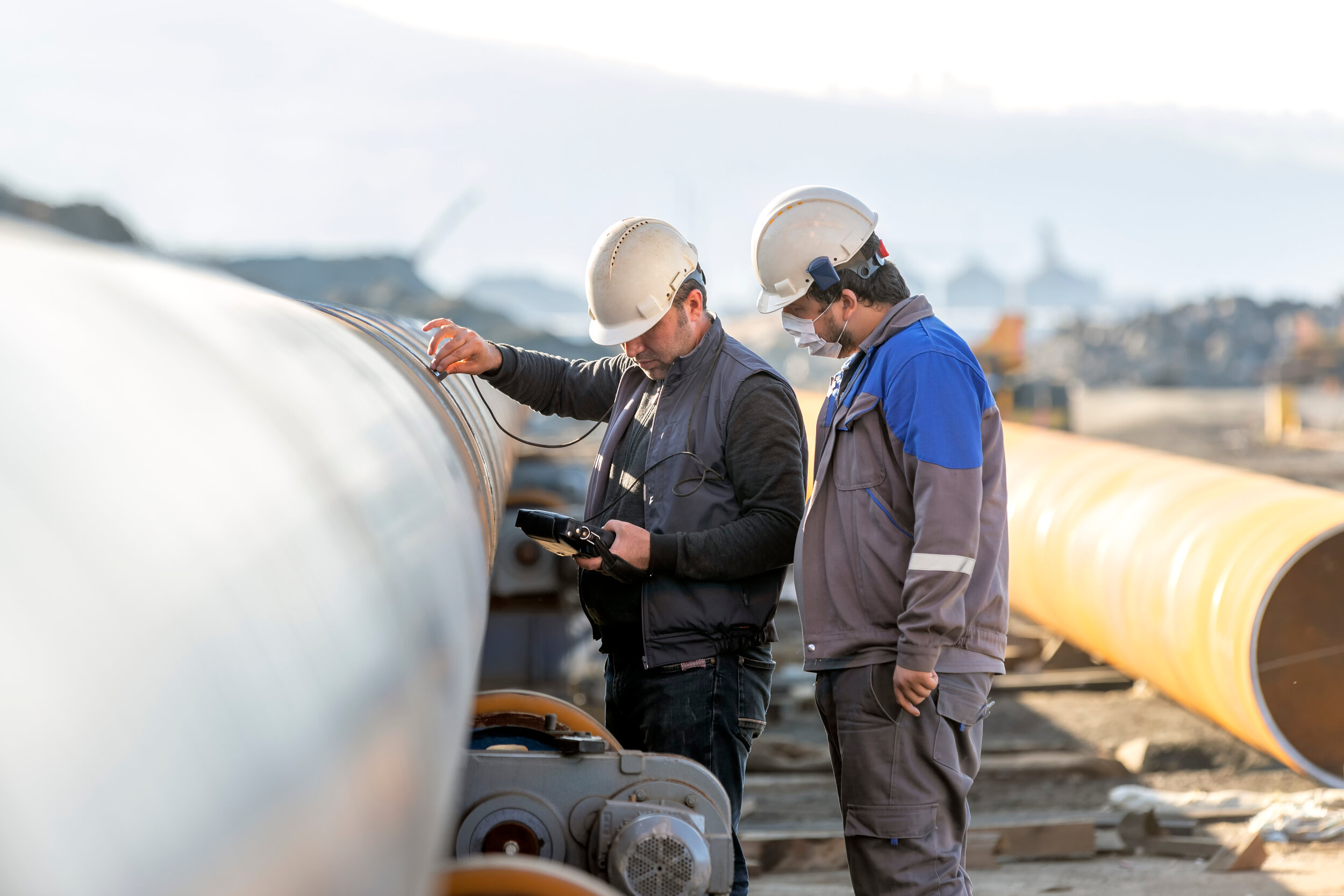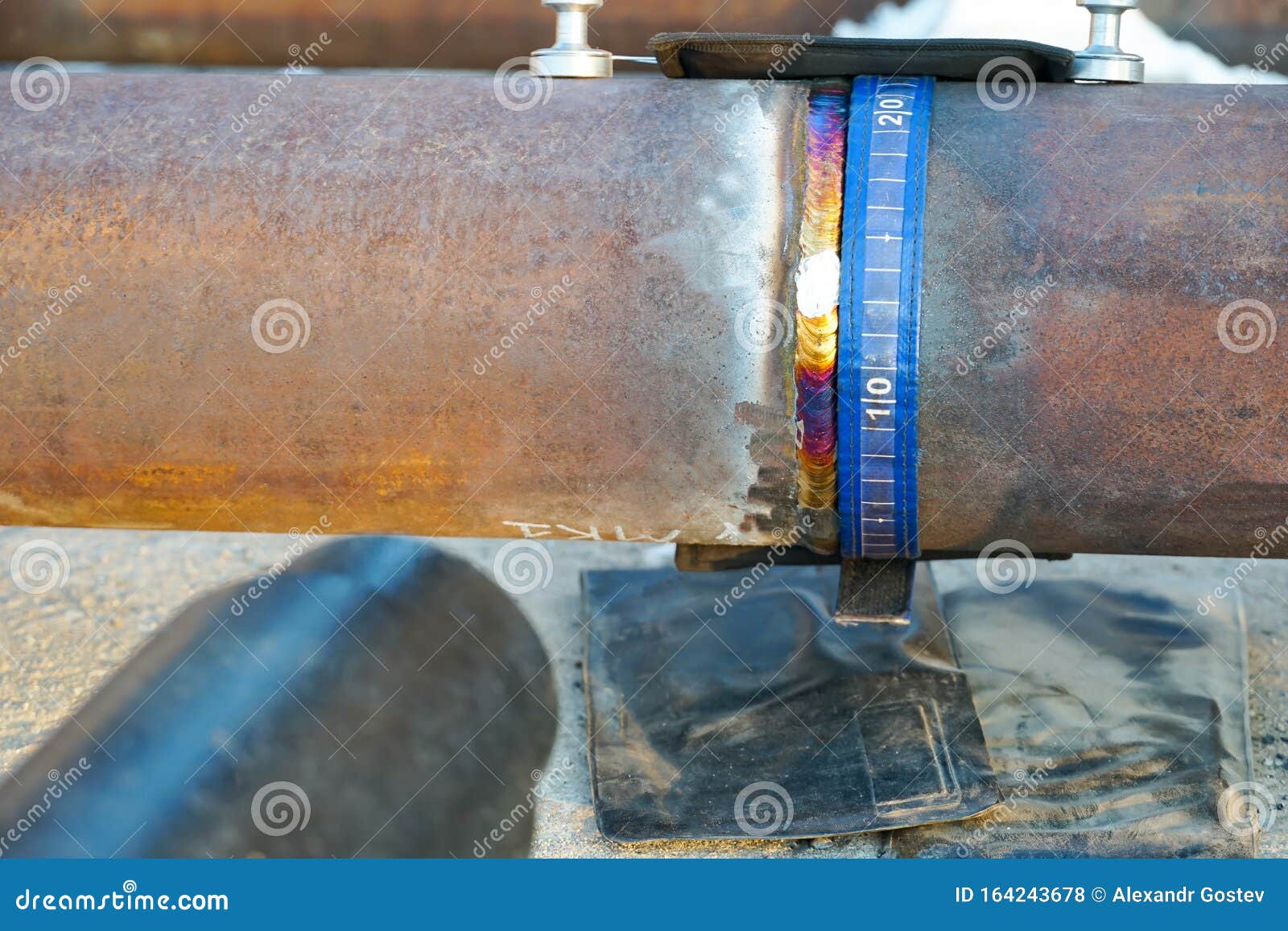Quality Control Assured: Specialist Pipeline Welding Inspection Providers
Quality Control Assured: Specialist Pipeline Welding Inspection Providers
Blog Article
Making Best Use Of Effectiveness: Pipeline Welding Examination Ideal Practices
In the world of pipeline construction, the stability and safety of bonded joints are paramount. Guaranteeing that welding assessments are performed efficiently and efficiently can substantially impact the total quality of the job. By executing finest techniques for pipe welding inspection, organizations can simplify procedures, minimize errors, and boost task timelines. From using innovative innovation to establishing strict assessment procedures, there are many techniques that can be utilized to take full advantage of performance in this vital facet of pipeline building - Pipeline Welding Inspection. The careful attention to detail needed in welding examination holds the key to the long-lasting longevity and reliability of the pipelines, making it a topic of utmost relevance in the industry.

Relevance of Efficient Welding Evaluations
Effective welding examinations play an essential function in making sure the architectural honesty and safety and security of pipes. Correct inspections are important to determine any type of flaws, stoppages, or blemishes in the bonded joints that can endanger the total honesty of the pipe system. By performing complete examinations, assessors can find concerns beforehand, protecting against possible leaks, ruptures, or failures that can have significant ecological and safety and security consequences.
Accurate and timely welding evaluations additionally help in keeping conformity with sector requirements and policies. Complying with these standards is not just a lawful requirement but additionally a needed step to guarantee the integrity and durability of the pipelines. Reliable assessments can contribute to set you back savings by lessening the need for pricey repair work or substitutes due to welding problems that can have been stopped or corrected throughout the inspection procedure.
Utilizing Innovation for Inspections
To improve the efficiency and precision of pipe welding evaluations, the assimilation of advanced innovations has actually become significantly necessary in guaranteeing precise and detailed assessments of bonded joints. Making use of technology for evaluations supplies numerous benefits, consisting of raised efficiency, improved precision, and boosted precaution. Among the key technological improvements in pipe welding examinations is using automated ultrasonic testing (AUT) systems. These systems can scan welds rapidly and precisely, giving thorough information on potential issues or concerns within the weld joint. Additionally, remote visual inspection (RVI) tools such as robotic crawlers geared up with video cameras enable examiners to gain access to and examine difficult-to-reach areas without the requirement for substantial disassembly or hands-on intervention. The implementation of computerized systems for information evaluation and reporting enhances the assessment process, enabling real-time information analysis and seamless documentation. By embracing these technical solutions, pipe welding inspections can be conducted better, leading to greater top quality welds, boosted total safety and security, and lowered job timelines.
Establishing Clear Evaluation Methods
Establishing clear evaluation methods is important for making sure uniformity and reliability in the pipeline welding examination procedure. These protocols serve as a collection of standards that outline the particular actions, standards, and methods to be followed during assessments. By plainly specifying the inspection methods, all examiners associated with the discover this info here process can comprehend their functions and obligations, leading to a more effective and standardized assessment operations.

Regular review and updates to the inspection protocols are also essential to adapt to changing sector criteria and needs. By continually refining and enhancing the procedures based on feedback and lessons learned, pipe welding examinations can maintain the finest quality Look At This standards and regulatory conformity.
Training and Qualifications for Examiners

Educating and accreditations for inspectors are extremely important in ensuring the competence and effectiveness of individuals tasked with supervising pipeline welding processes - Pipeline Welding Inspection. Correctly trained examiners possess the needed knowledge and skills to effectively review weld top quality, adherence to welding treatments, and conformity with market criteria and policies
Accreditations, such as those used by the American Welding Culture (AWS) or the American Oil Institute (API), verify an examiner's proficiency and capacity to carry out examinations to the greatest criteria. These certifications usually need strenuous training, evaluations, and recurring professional advancement to make certain that inspectors remain existing with the most recent innovations in welding technology and assessment strategies.
Along with formal accreditations, continual training programs play an important duty in enhancing inspectors' abilities. These programs cover a large range of topics, including welding procedures, issue detection, safety procedures, and appropriate codes and criteria (Pipeline Welding Inspection). By buying comprehensive training and accreditations for examiners, firms can promote the integrity of their pipeline welding projects and reduce the dangers connected with ineffective welds
Continuous Improvement in Inspection Processes
Building upon the foundation of certified and qualified inspectors, continuous improvement in evaluation processes is important for guaranteeing the ongoing quality and compliance of pipe welding procedures. By applying a system of continual enhancement, pipeline welding evaluation processes can evolve to fulfill the transforming demands of the market, technological developments, and regulatory requirements. This entails regularly assessing and assessing evaluation tools, treatments, and methods to recognize areas for enhancement.
One trick aspect of continuous improvement in inspection procedures is feedback. Gathering input from assessors, welders, designers, and other stakeholders permits an extensive evaluation of current practices and the recognition of prospective areas for enhancement. Furthermore, leveraging information and analytics can supply valuable insights into the effectiveness of evaluation procedures, enabling informed decision-making for optimization.
Additionally, purchasing training and advancement programs for inspectors can guarantee that they are outfitted with the most up to date expertise and skills to perform their responsibilities efficiently. Continual enhancement is a dynamic process that calls for commitment and commitment from all stakeholders to drive quality in pipe welding examination techniques.
Final Thought
In verdict, making best use of effectiveness in pipeline welding inspections is critical for making sure the high quality and safety of framework jobs. By utilizing modern basics technology, establishing clear methods, supplying proper training and qualifications for examiners, and continually enhancing inspection procedures, organizations can enhance their operations and lessen threats. It is crucial for industries to focus on efficient welding assessments to maintain high requirements and meet regulative needs.
Efficient examinations can contribute to set you back financial savings by reducing the demand for costly repair services or substitutes due to welding problems that can have been prevented or remedied throughout the inspection process.
Developing clear inspection procedures is necessary for ensuring consistency and dependability in the pipe welding inspection process. By plainly specifying the examination protocols, all examiners included in the procedure can recognize their roles and obligations, leading to an extra efficient and standardized assessment process.
Clear examination methods help in reducing the possibility of errors or oversights during the assessment procedure.Structure upon the structure of skilled and qualified assessors, continual renovation in examination procedures is crucial for ensuring the ongoing quality and conformity of pipe welding procedures.
Report this page